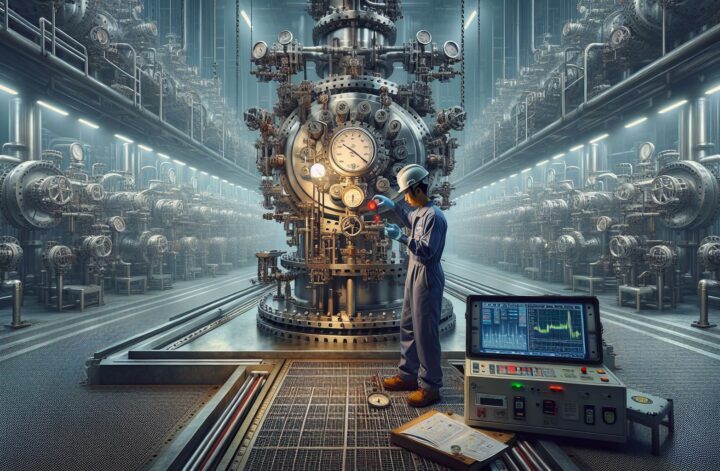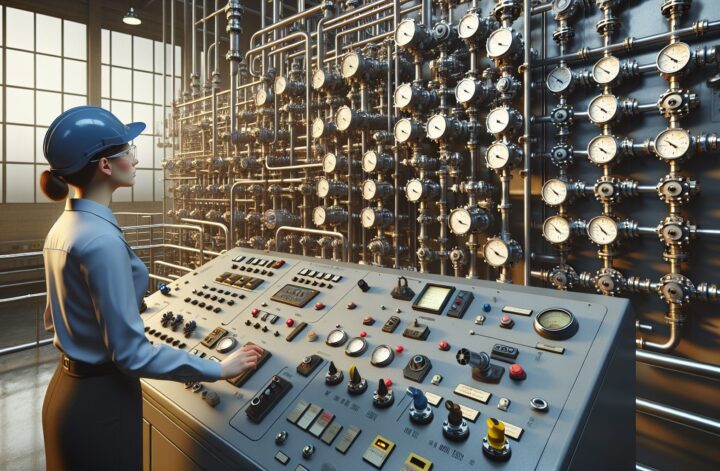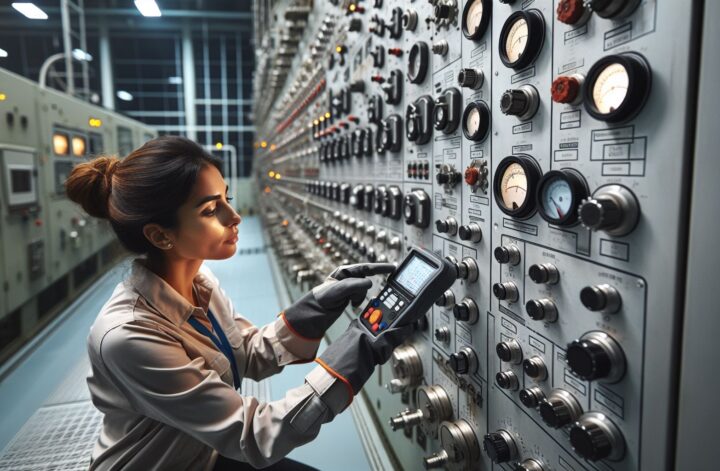With a steadily growing emphasis on modern industrial processes’ efficiency, there has never been a more critical period to discuss valve control calibration. Maintaining optimum operation is key to ensuring system longevity and, more importantly, preventing unnecessary breakdowns or accidents.
What Is Valve Control Calibration?
Calibration refers to a process wherein any instrument is adjusted to deliver accurate reading and performance. Valve control calibration, in particular, is an essential preventative maintenance step that serves to adjust the valves so that they correspond accurately to the input signals they get.
Given that valves control the flow of various gases and fluids through the many pipes in an industrial process, it is vital that they function optimistically and accurately. A poorly calibrated valve could lead to sub-optimal performance, potential safety incidents, and could negatively affect your operation’s productivity. That’s where valve control calibration becomes endlessly invaluable.
Why Is Valve Control Calibration Important?
Accurate control of valves significantly affects the efficiency, safety, and performance of industrial processes. Whether it be controlling the flow rate, pressure, or temperature of the moving liquid or gas, each valve must deliver as close to optimal performance as possible. Therefore, without frequent calibration, valves may operate inefficiently or incorrectly, leading to system-wide statistic inaccuracies, breaches in safety, and decreased performance^1^.
Having a well-calibrated valve control system will ensure that the system operates with optimum efficiency, increases the lifespan of valves and reduces the probability of unexpected breakdowns which could lead to costly down-times.
How Is Valve Control Calibration Carried Out?
Valve control calibration generally involves adjusting the input signal to the valve such that it corresponds perfectly to the output of the valve. This process usually requires skilled technicians and specific calibration instrumentation, like valve positioners or valve controllers. Some of the common methods employed during valve control calibration include:
-
Stroke Testing: This involves making the valve move from its fully open to fully closed positions and checking the actuator’s travel against standard measurements.
-
Frequency Response Analysis: This tests the valve’s speed to different input signals.
-
Manual Calibration: This involves manually tuning the valve control system.
Technicians carefully observe the valve’s reactions to these tests and adjustments; potential issues are identified and quickly rectified.
When Should Valve Control Calibration Be Performed?
While there’s no hard and fast rule regarding the frequency of calibration, some factors can guide when it should be done:
-
Changes in operating conditions: If a process has significantly changed, the valves controlling that particular phase may need to be recalibrated.
-
After maintenance or part replacement: Any disturbance or change in the valve assembly may affect its calibration.
-
As part of scheduled maintenance: Preventative maintenance is vital to keeping your plant operational and safe. This should include regular calibration. Based on this, some industries would calibrate once every two years, while others might require semi-annual calibration^2^.
Wrapping Up
Given their crucial role in industrial processes, valve control calibration must be seen as an absolute necessity, not an optional one. Regular calibration ensures your valves are working as efficiently and accurately as possible, reducing risks and enhancing productivity. Though this process might seem trivial, it carries tremendous weight in maintaining the overall efficiency, safety, and functionality of systems. Let’s treat it with the seriousness it deserves!




